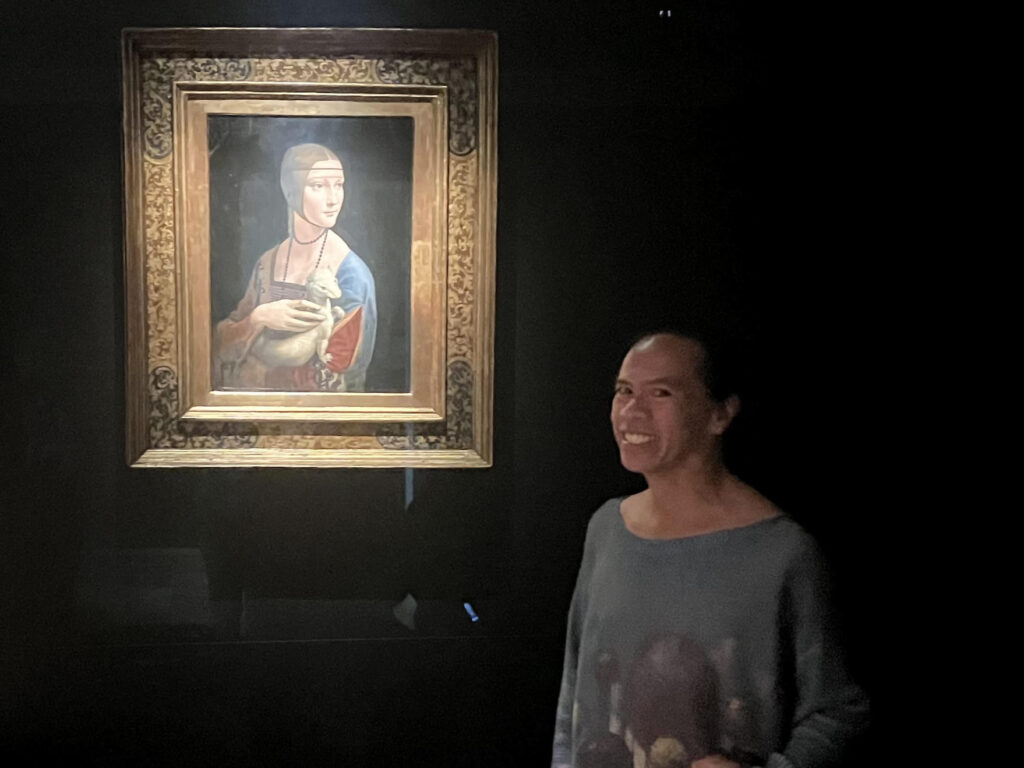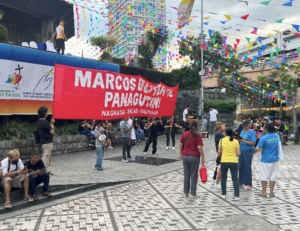By Peter Solis Nery
KRAKOW — Walking tours are a great introduction to a city. They provide a quick grounding where you are, and a brief introduction to the city which you can explore further at your own time.
Often, they check off the most interesting sites, tip off the best food places, and whet your appetite for the city and its charms. I love the walking tour guides (especially if they are locals) because of their passion for their city, their humor and patience, and their commitment to show you around in all kinds of weather.
There are paid walking tours which costs about €20 in most European countries; and “free” walking tours, which are tip-based. Depending on the size of the group (and I’d say, the cost of living in that particular city), the decent tip can be €10 or €20. I mean that if there are only five or seven of you in the group, and the two-hour tour is nice and meaningful, don’t you think the guide deserves €20 for his effort?
I didn’t really plan my trip to this city. I was in Warsaw once before so I thought that if I had to stop by Poland before heading to Milan, I might as well explore another Polish city. I knew that Pope John Paul II lived in Krakow for a while so it was an easy decision.
What I knew through my tour guide was that Krakow was the first capital of Poland. Of course, Wikipedia might have helped, but who gets time to wiki when one has also to manage booking a hostel, catching a bus, and checking out the Top 10 things to do in Krakow? Walking tour guides are enthusiastic about their city. They sing of its praises and its treasures. So what is not to love?
For Krakow, what stood out for me was the suggestion to check out the St. Mary’s Basilica which is particularly famous for its wooden altarpiece carved by the famed German wood sculptor Veit Stoss. Declared a UNESCO World Heritage Site in 1978, the 80 meters tall Gothic-style church was completed in 1347.
The other recommendation I ate up was to visit the Czartoryski Museum which houses the “Lady with an Ermine” portrait by Leonardo da Vinci, considered one of Poland’s national treasures. The painting has a convoluted history and has travelled through tumultuous times (Google it!), and an even gossipy backstory. Enough for us to know that it was brought to Poland from Italy in 1798 by Prince Adam Czartoryski, and was unavailable for public viewing most of the time.
My interest in Lady with an Ermine started when I saw the Mona Lisa and La Belle Ferronnière in the Louvre in 2012, and Ginevra de’ Benci at the National Gallery of Art in Washington, DC in 2014. I call them “the sisters” because they are the only four surviving portraits of women painted by Leonardo. With this visit in Krakow, my four sisters mission is complete.
***
(Peter Solis Nery is a multi-awarded Filipino poet, fictionist, filmmaker and playwright who divides his time living in the Philippines and traveling around the world. He is a Palanca Awards Hall of Famer, and the first Filipino author invited to the Sharjah International Book Fair in the United Arab Emirates.)











